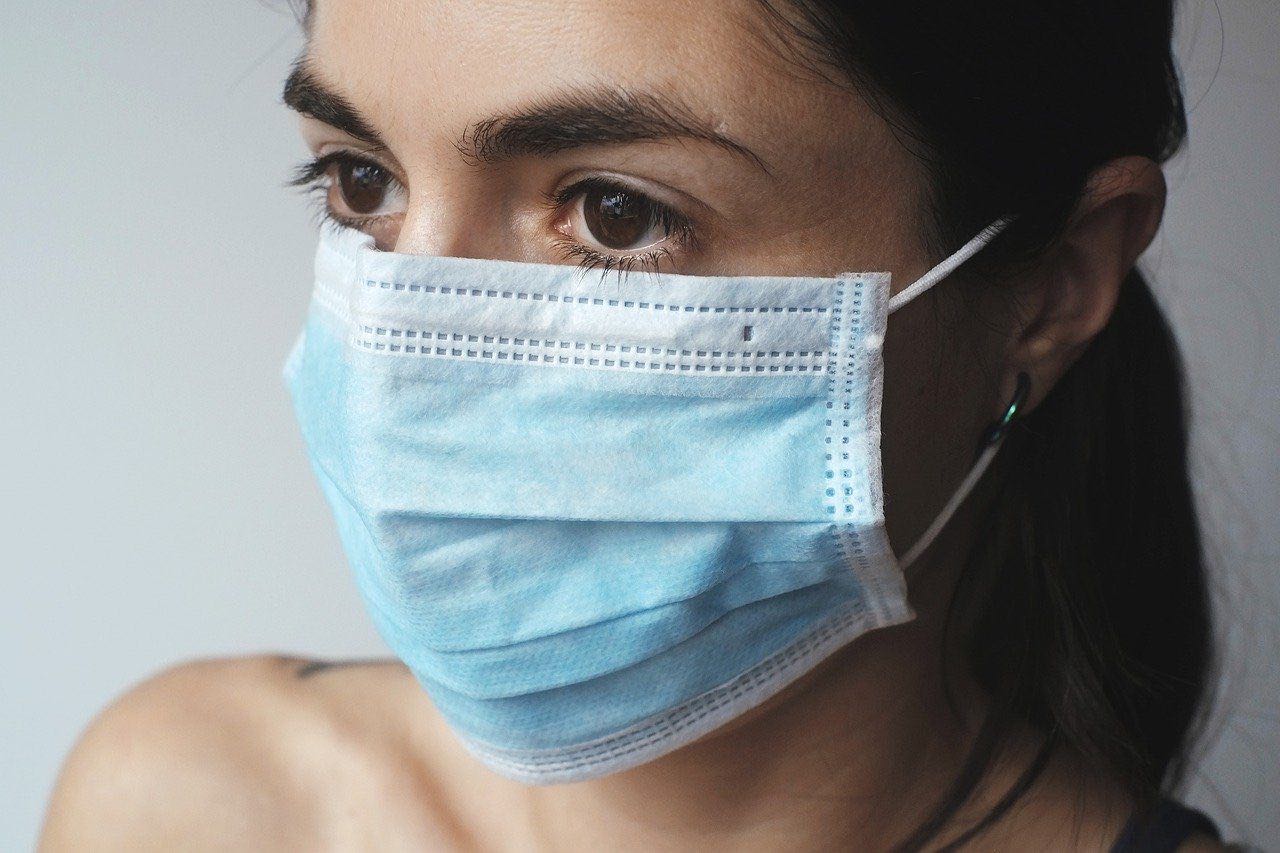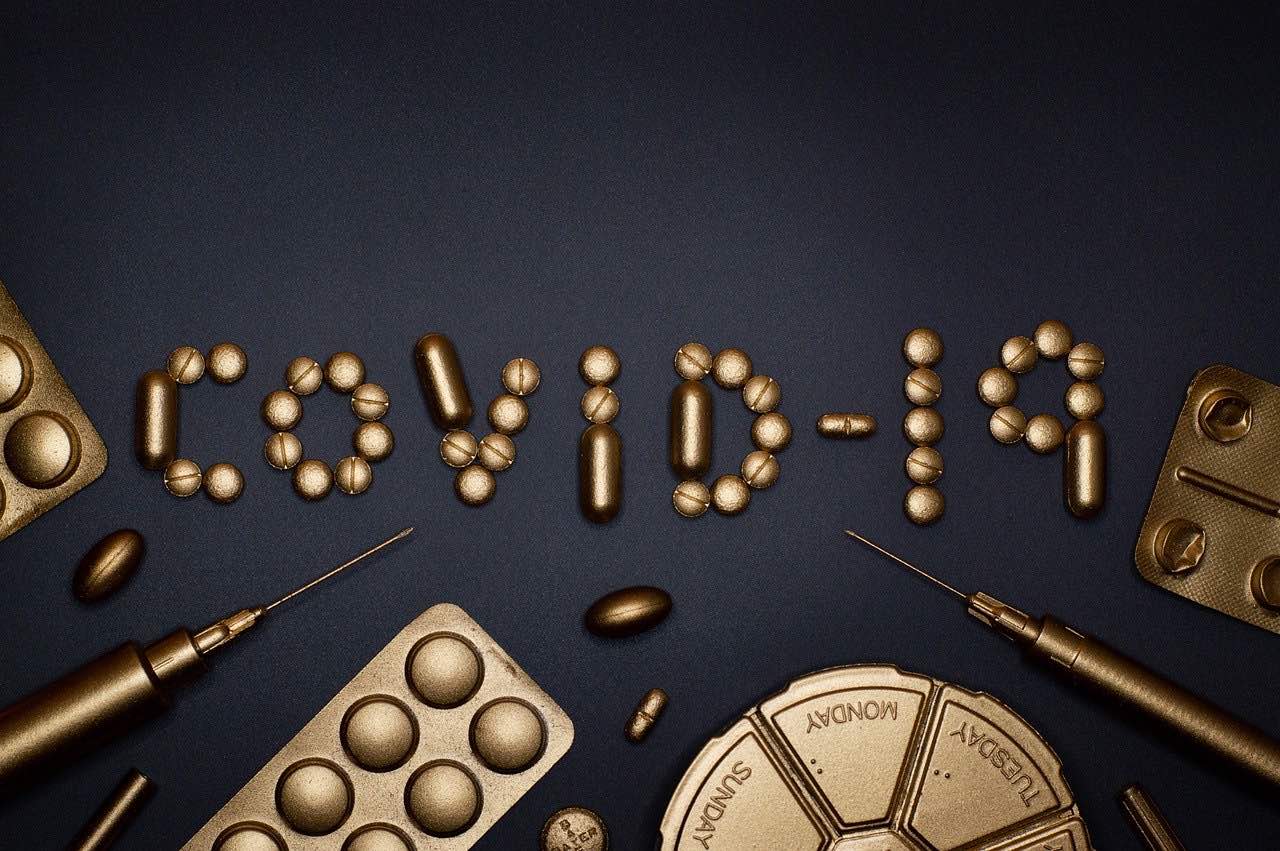The clinical laboratory services are now associated with the CDC and the medical health workplaces for the operation of the COVID-19 sample. Recognizing patients that possess COVID-19 symptoms may infect people during the procedure of testing. This may assist the medical professionals in identifying the patients who must be isolated and get treatment facilities while assisting medical billing agencies in monitoring the speed of COVID-19.
As the operation of testing is evolving with time, the laboratory billing specialists are predicting an increase in the COVID-19 positive tested patients. However, all these infants may not have a poor medical condition at the same time. A study was conducted in the US, 75% of the patients may possess compassion to monitor the severity of the condition. The fragility to COVID-19 rises as the patient gets older or the patient already has gone through similar kinds of illnesses.
The testing procedure of clients has been an issue for the medical billing agencies ever since the issue came to the table on the 28th of January.. A test created by the CDC got the FDA approval and was sent to the data management shortly after the testing procedure was completed. On the 31st of January, the FDA announced that the hospitals and the data management team may access their tests before they deal with the tests that experience FDA analysis.
As the pandemic continues, the questions in association with the medical department concerning the testing procedure and the patients getting tested are also increasing with time. Here are a few aspects associated with a pandemic that has brought dramatic consequences in every aspect on the table.
Coronavirus in today’s healthcare industry
Coronavirus is the latest development in today’s world concerning infections. This infection is a consequence of a branch of COVID-19 referred to as SARS-CoV-2. There are 7 branches of this pandemic that may be harmful to humans, resulting in breathing difficulties. However, the illness as a consequence of SARS-CoV-2 infection has similarities with MERS and SARS because it may end up in pneumonia and perhaps death.
The visualizations or infections of this pandemic may show up in a couple of weeks after catching it which may include sneezing and breathing difficulties. Some cases may possess symptoms that cannot be identified and may still be contagious, which is more dangerous than the COVID-19 pandemic symptoms.
Procedure for testing
The majority of tests to check for coronavirus symptoms depend on RT-PCR execution so it can identify the COVID-19’s RNA in a breathing area sample from a client.
- PCR is part of the laboratory billing that can create a huge number of copies of small parts of DNA for identification. This is referred to as the amplification of the DNA.
- Having said that, as SARS CoV-2 belongs to the category of RNA virus, it must be integrated into the DNA before the amplification can be executed.
- When the testing is going on, an enzyme referred to as Reverse Transcriptase combines with the COVID-19’s RNA and generates a copy upon which the amplification can be executed via the PCR procedure.
- If there is no shortage of RNA in that respective sample, the amplification is executed and the sample may get tested positive. If there is a shortage of RNA, the sample will get tested negative.
The laboratory billing companies are testing for coronavirus using RT-PCR, which critically generates outcomes promptly as soon as the lab gets the respective sample. Having said that, all laboratory billing companies are unable to execute this operation. Additionally, the samples may require the access of credential laboratories to be examined. For these samples, it may be time-consuming.
Rumours are flying around that may do the testing procedure a world of good. It is that the innovative ways of testing are created by the laboratory billing specialists and provided with emergency-use approval by the FDA.
Kind of samples needed for testing
The most used sample may be a swab associated with the patient’s nose. This is referred to as an NP swab. The aspects are gathered by enabling the patient to tip his head backwards. After that, the swab is slowly placed through a nostril until there is some sort of hesitancy. It is placed there for a little time, then turned considerably and removed. This may bring uneasiness within a patient as it could have an impact on his eye and also make him cough vigorously.
CDC instructions state that other cases from the inhalation aspect may get accessed when the specialist cannot seem to collect the respective swab. They are swabs at the backend of the throat or the backend of a nostril. Occasionally, both swaps are collected at the same time to acquire the samples of COVID-19 for the testing procedure.
People who need to be tested
The regulations associated with the coronavirus pandemic are evolving with time. On the 18th of April, a laboratory billing company in New York stated that it is the responsibility of the medical professionals to pay attention to the procedure of testing for the COVID-19 cases. It is also said that the reason for the evolution of testing instruction is that the precautionary measures, like the N95 masks that specialists must wear when dealing with infected patients, are experiencing a shortage in the US. Having a complete understanding of the cases that possess the COVID-19 symptoms and the circumstances that allow the medical professionals to work at their full capacity may determine the importance of precautionary measures.
If there is a danger that the severity of the patient’s illness like breathing difficulties may only aggravate, the patient must call 911 quickly.
The meaning of a COVID-19 test
If a COVID-19 test turns out to be negative, it means that the patient’s breathing difficulties could be down to external reasons like running nose (flu). The patient may get tested for the given symptoms as well to identify the actual causes behind his symptoms. It is important to understand that a negative COVID-19 test shows that the patient does not have any symptoms associated with that illness. However, the patient is still fragile to that pandemic. In addition to that, the RT-PCR tests are crucial.
However, it is unlikely that the patient may get tested negative even if he possesses the symptoms if the COVID-19 sample cannot be identified.
If a COVID-19 test turns out to be positive, it means that the patient is suffering from symptoms associated with SARS-CoV-2. Having said that, a positive COVID-19 outcome cannot tell the patient’s doctor about the severity of the situation and the length of time the patient has been suffering from this virus.
Precautions for a positive COVID-19 case
- It is important to stay at home unless the patient needs to visit a hospital. The patient may ask their family members to deal with their external activities such as cooking or shopping.
- The patient must maintain social distancing within his home.
- The patient should cover his mouth when he is about to cough or sneeze with a tissue paper or with his elbow. In addition to that, he should wash his hands frequently for 7 to 10 minutes with soap and water.
- All the rooms, especially the one in which the patient sleeps must be cleaned and disinfected frequently through sanitizers. The areas where he maintains social distancing should also be monitored.
- The patient must keep his doctor informed about his condition and analyze his symptoms accordingly. If his condition weakens, he should inform his doctor.
- When the patient is set to visit his doctor, he should inform the doctor before leaving his house so the doctor may take precautionary measures before receiving him. If you don’t have the precautionary equipment, he may even give you the N-95 mask and transparent gloves if possible.
Blood test concerning coronavirus
The medical professionals have generated blood samples that identify antibodies created by the immune system to combat the COVID-19 symptoms. However, these samples are yet to be found. The serology samples identify IgG and IgM antibodies as well as being crucial in identifying the samples that had symptoms of the coronavirus previously in even if they do not feel any symptoms associated with it. In addition to that, the antibodies created through laboratory billing services are important in identifying the patients that can catch this infection. Even though they are important, they will not be used in the treatment of affected cases because the generation and detection of antibodies may be time-consuming.








